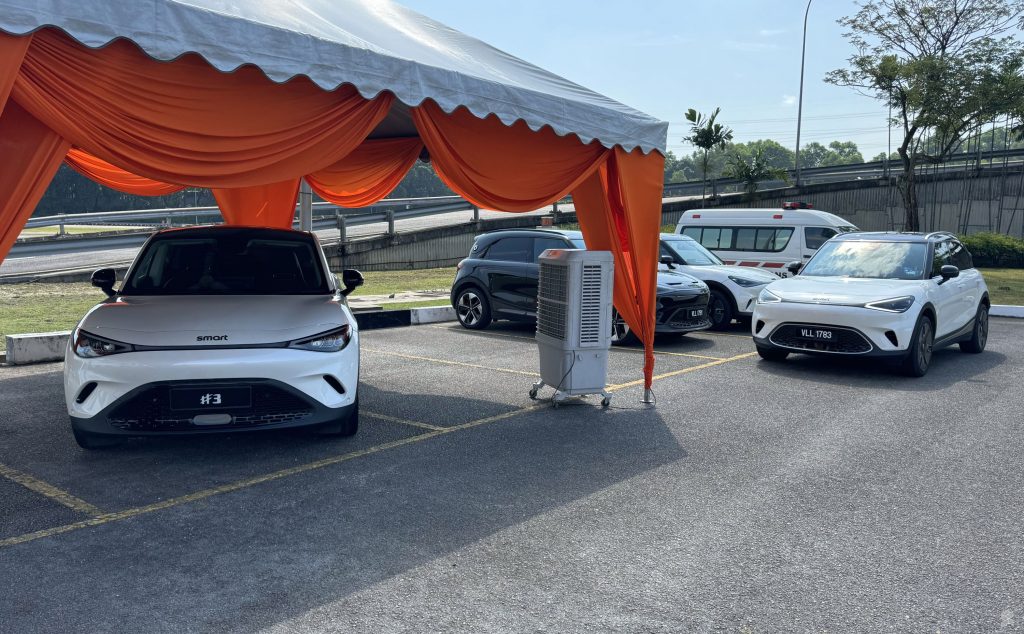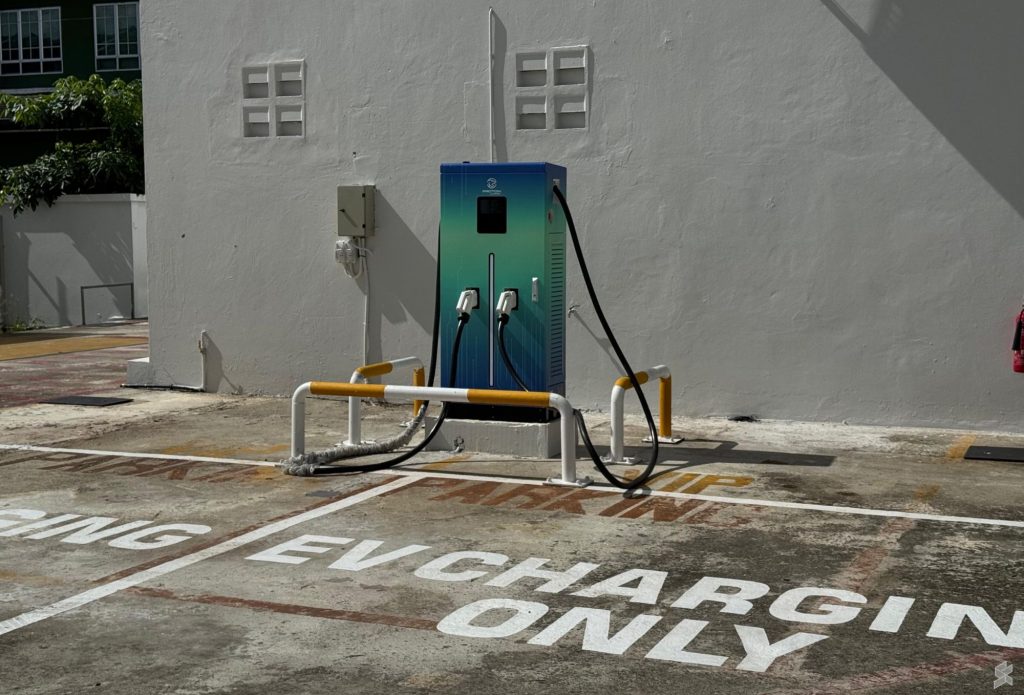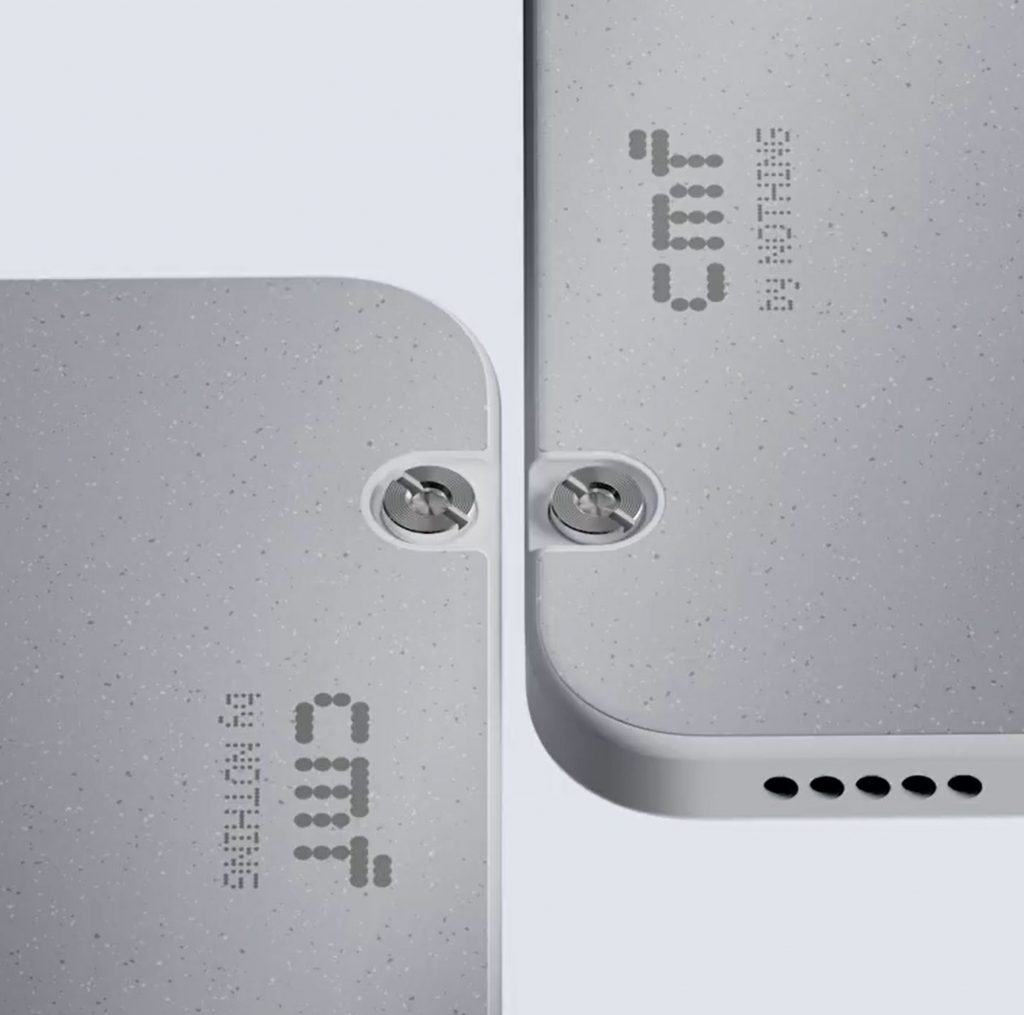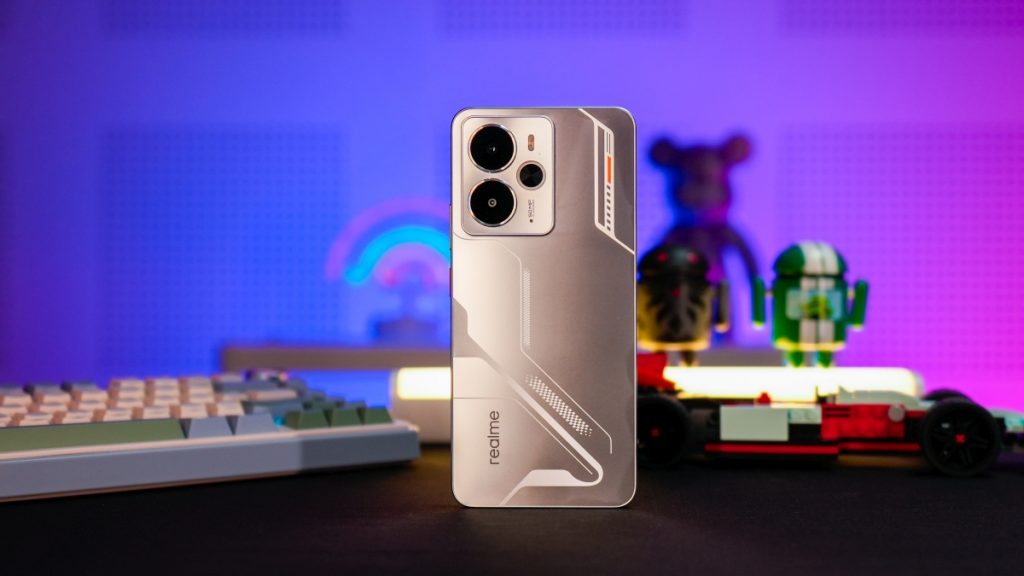The Smart #3 is coming to Malaysia very soon and this EV has been teased several times on our Malaysian roads. Ahead of its official launch, we managed to get a closer look and even took both Premium and Brabus versions for a spin on Proton’s test track. Is the Smart #3 a better buy than the Smart #1? Read on to find out more.
What’s a Smart #3?
The Smart #3 is essentially the “sporty coupe” version of the Smart #1. It shares the same motors and battery configuration as the #1 but this EV is sleeker and offers slightly more range thanks to its aerodynamic shape.
Compared to the Smart #1, the #3 is wider and longer, but it has a lower height by 8cm. The wheelbase is much longer and the boot space situation is slightly better at 370 litres.
Similar to the Smart #1, the Smart #3 will come in 3 variants, the base Pro model with a smaller 49kWh LFP battery, the Premium model with a bigger 66kWh NMC battery but still retains the same single motor RWD setup and the range-topping Brabus model which comes with a twin motor AWD setup.
Smart #3 Exterior Design
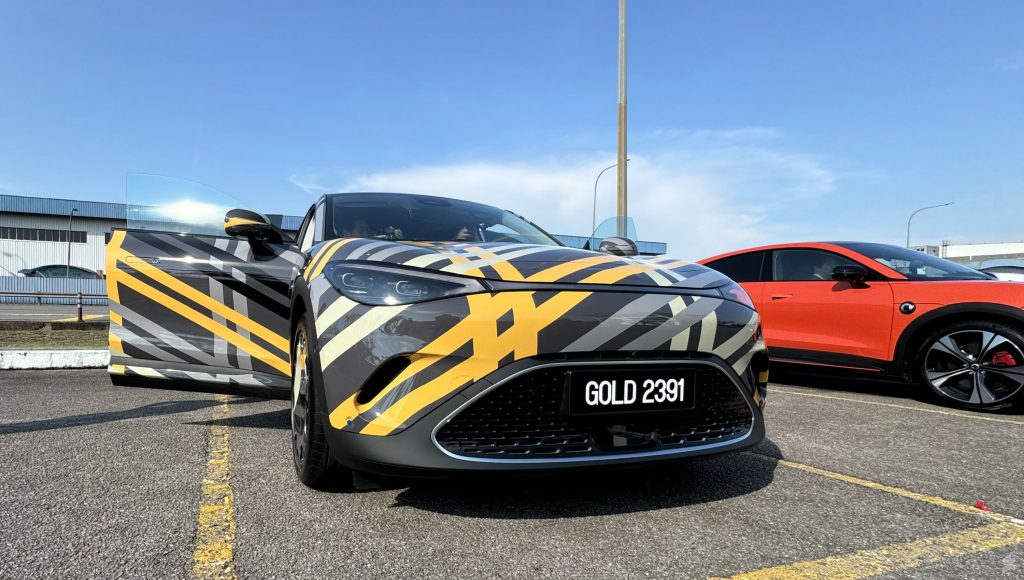
Unlike the Smart #1 which looks like a city hatchback, this Smart #3 looks more like the athletic brother which has spent quite a lot of time at the gym. While it retains the same bubbly look designed by Mercedes-Benz, there are some notable differences like the repositioned smart logo which is now placed near the front wheels, and the lower part of the day time running lights don’t extend as much as the #1.
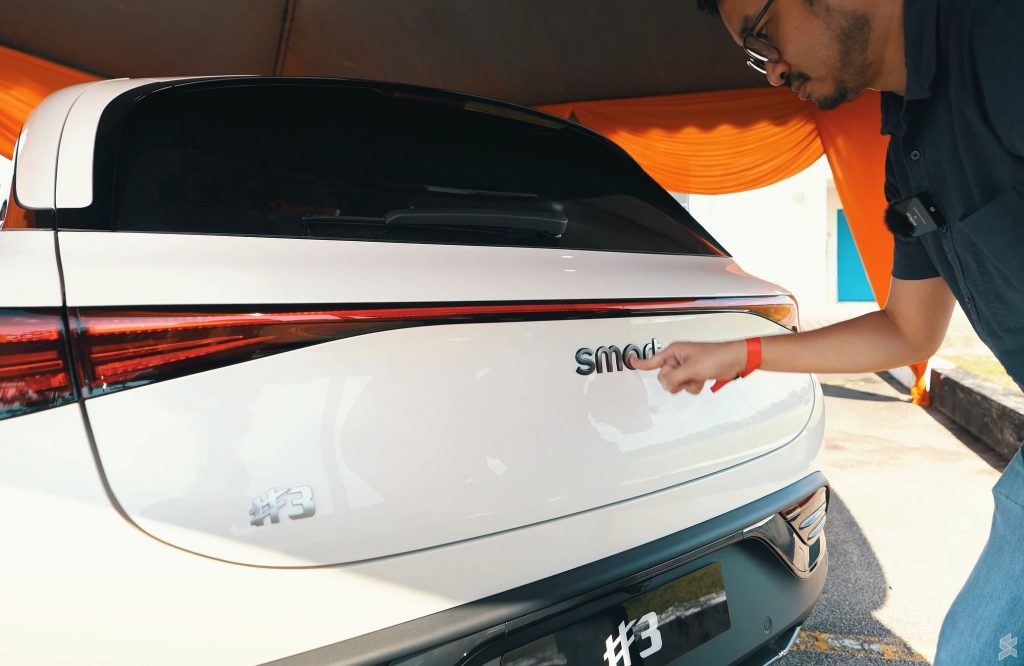
If you look at the #3 from the rear, you can see that this is a much wider car. One nice touch that I liked is the boot release button is now hidden in the letter ‘a’ on the Smart badge.
And the stock wheels look a lot better on the Smart #3. Just check out these rims on the base Pro model. Interestingly, the Premium model gets a more closed off aerodynamic wheels which kinda reminds me of an old Maybach.
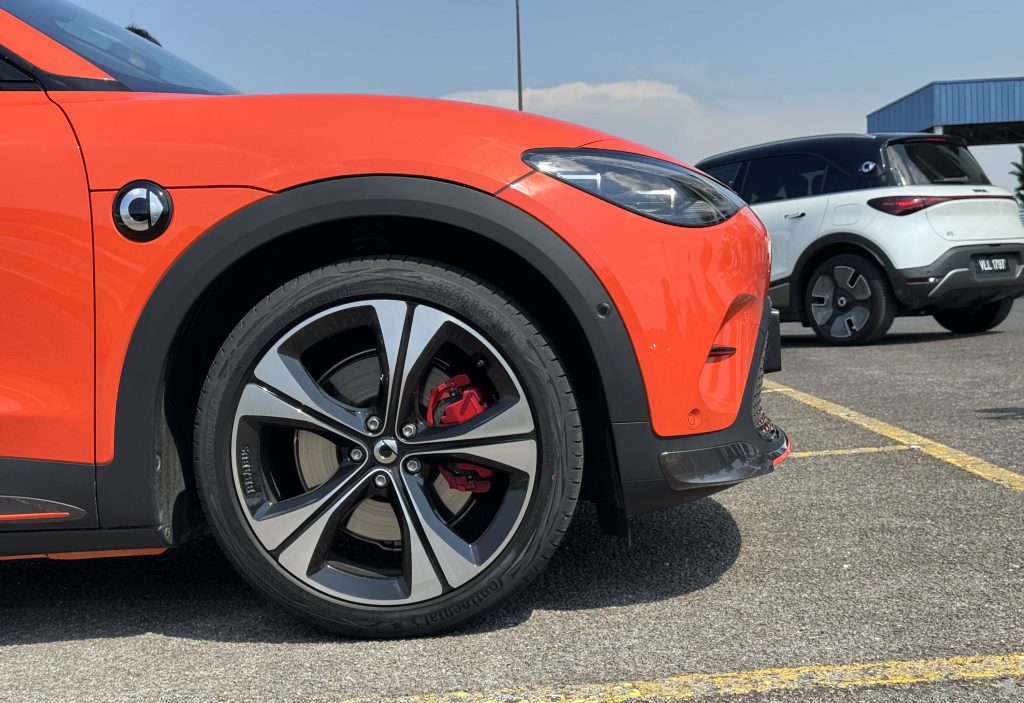
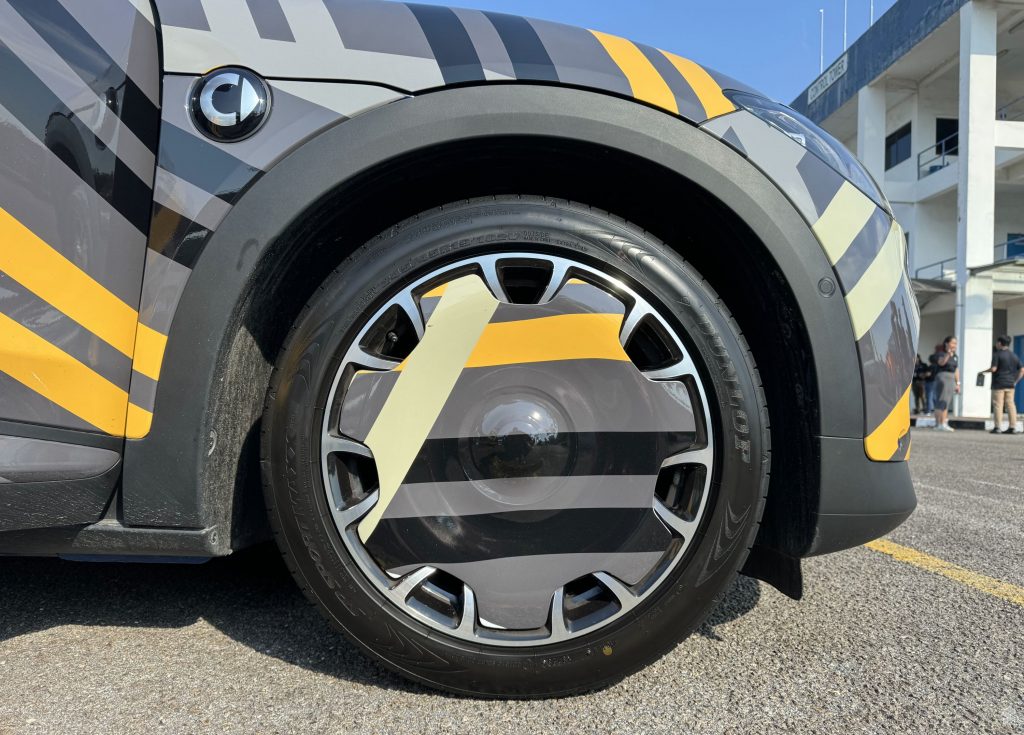
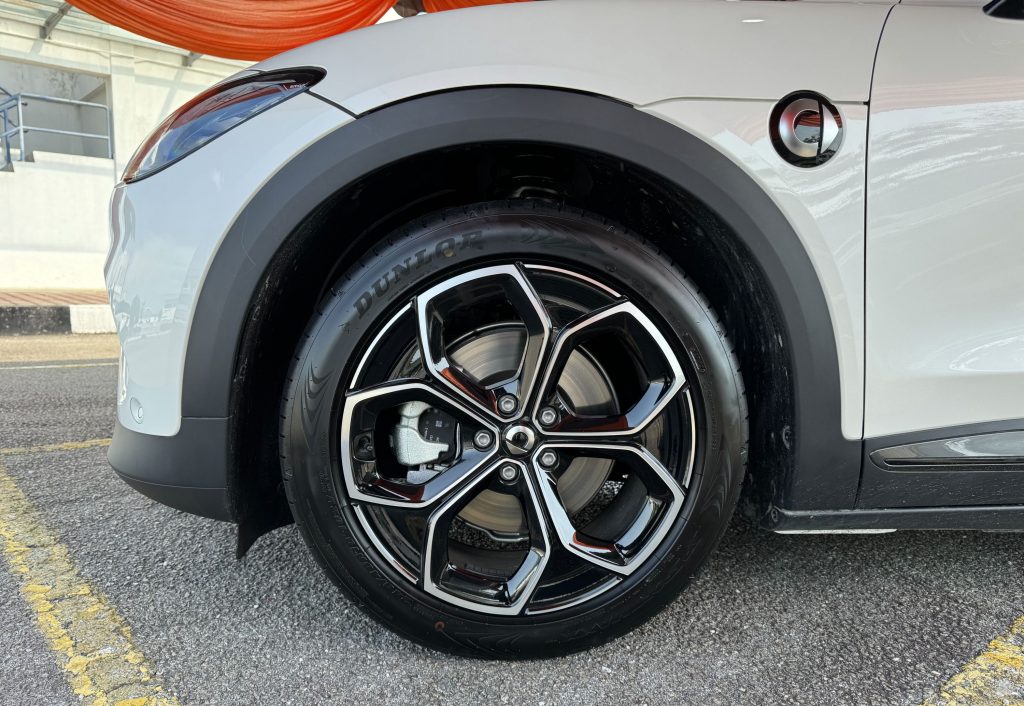
While the Pro and Premium gets 19” wheels, the Brabus version of the Smart #3 rides on larger 20” 5-spoke wheels and they look pretty good. Just like the Smart #1 Brabus, you get extra sporty body panels, red illuminated front grill and a fake intake on the hood.
Because of its lower stance and aerodynamic improvements, the Smart #3 has a lower drag co-efficient of 0.27cd, versus 0.29cd on the #1. As a result, the Smart #3 offers slightly more range despite being a bigger vehicle than the #1.
As a comparison, the Smart #3 Premium has a WLTP-rated range of 455km versus 440km on the #1.
Smart #3 Interior
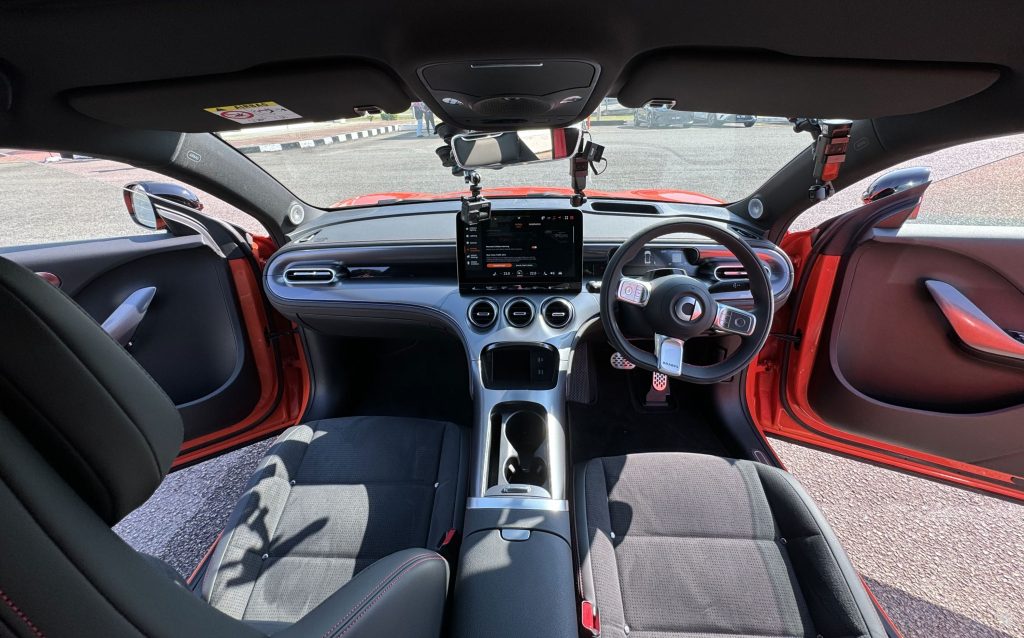
On the inside, the Smart #3 feels very familiar if you’ve drive the #1. The dash looks mostly the same except for the three circular aircon vents in the middle, which replace the dual pill-shaped vents on the #1.
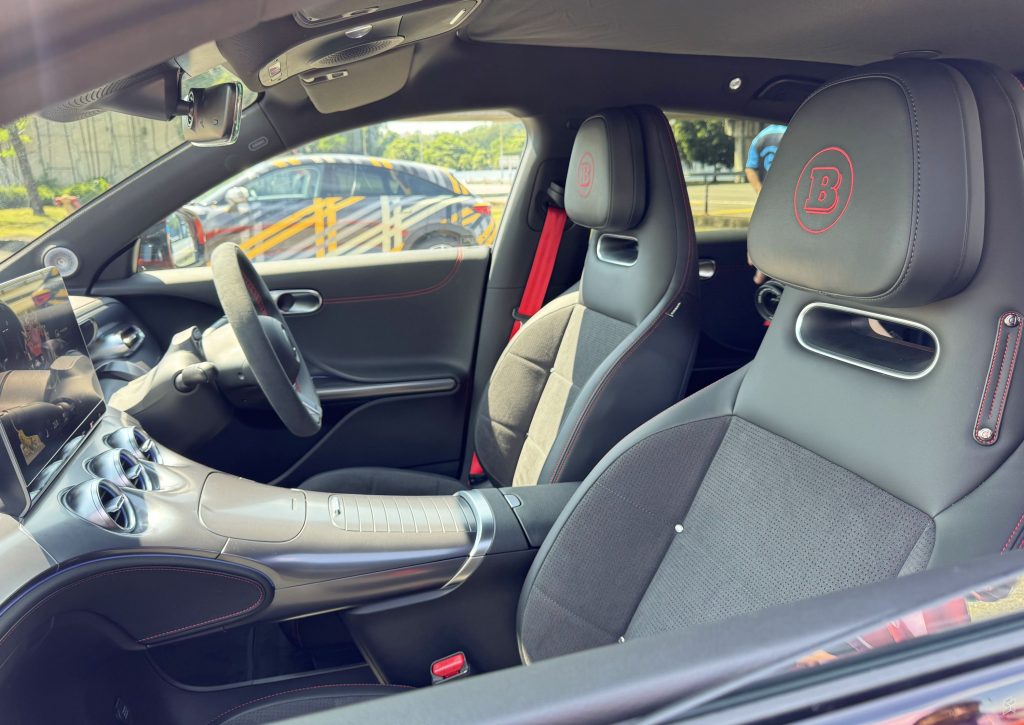
You still get a 12.8” infotainment system which supports wireless apple car play and android auto, a slim 9.2” instrument cluster and a head up display which is very clear and vibrant. Everything else remains unchanged and you still get the same storage compartments and cubby holes including the armrest storage area which doubles as a chiller. Just that the centre storage area for the cup holders and phone now gets a ribbed slider cover.
You still get a 13-speaker Beats auto system which is offered for the Premium and Brabus version.
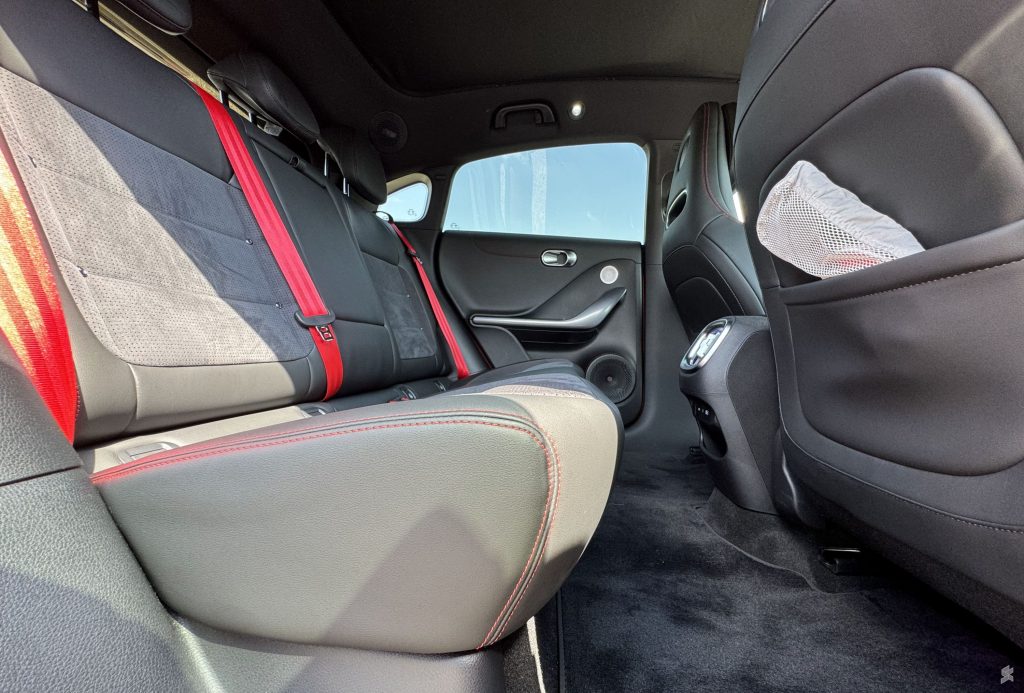
Over at the rear, the Smart #3 doesn’t offer sliding seats but you still get a lot of space in here with generous amount of legroom and headroom. There’s still a glass roof which you can’t open but the Smart #3 doesn’t come with a built-in shade.
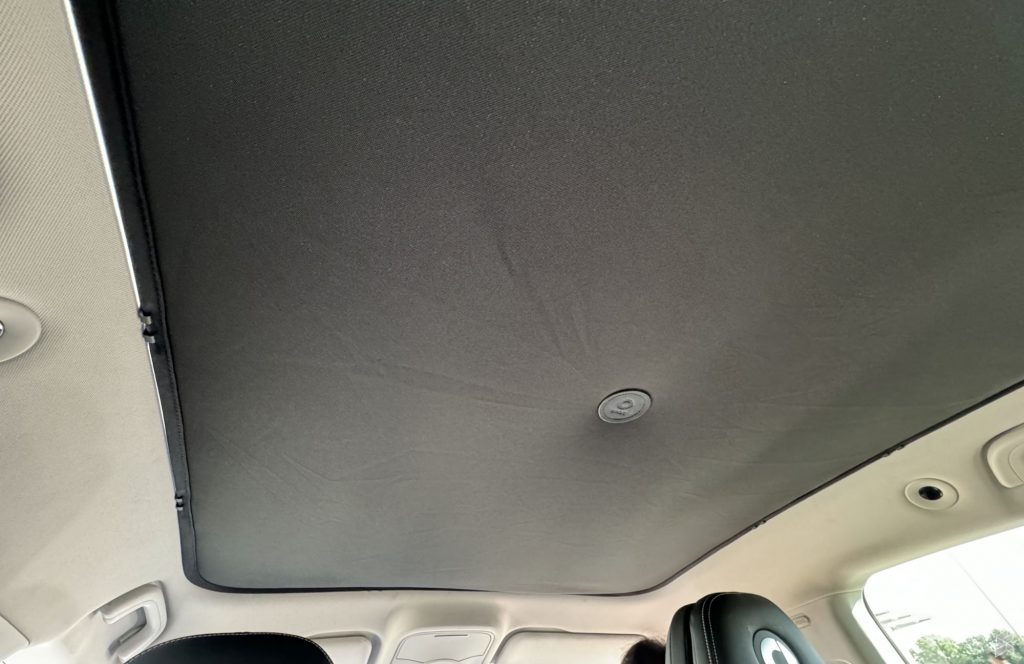
If you don’t like to get baked while driving under the sun, you could get a single-piece sunshade. It doesn’t look that good but hey, it is better than nothing.
Smart #1 Premium and Brabus Driving Experience
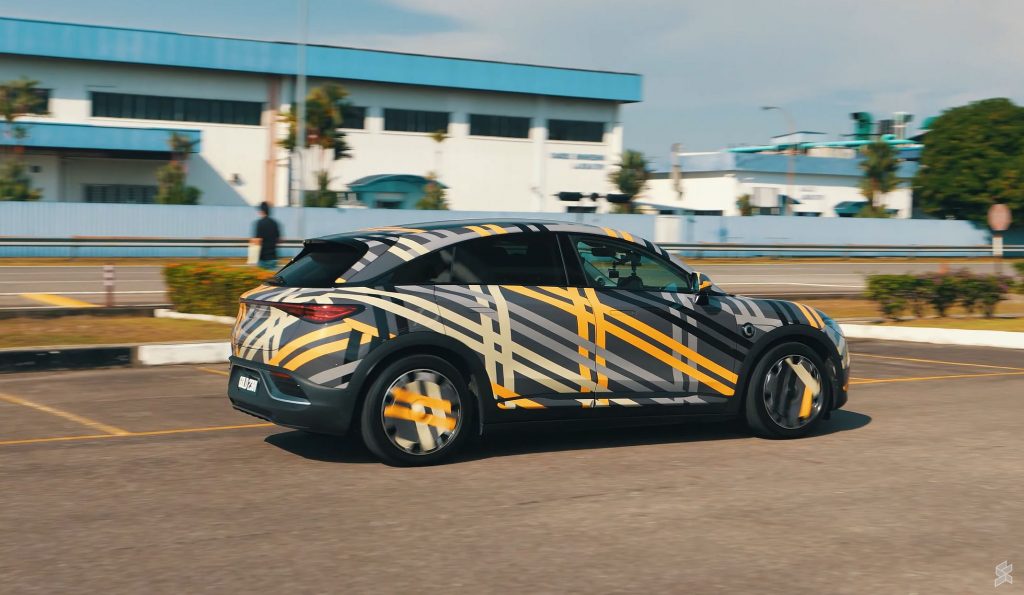
From our short drive around Proton’s test track, the #3 Premium with 268hp is plenty powerful. The body roll is managed very well and it does feel more planted when driving at higher speeds. It is not to say that the #1 isn’t steady for highway drives but from my short experience, this feels more stable around the bends which is to be expected for a lower-slung EV.
While we drove this car at over 100km/h, it still feels pretty quiet and even as a passenger, it doesn’t get uncomfortable.
Even while driving at slower speeds, this is still a comfortable car to drive around in the city. Smart has also added a new Medium option for the regen mode which supposedly provide more options than the #1’s standard and high.
You still get a well-equipped ADAS system and it is super easy to activate adaptive cruise control with lane centering assist directly from the steering. I like the fact that Smart #3 still uses proper physical buttons on the steering wheel and you do get physical stalks for the indicator and gear selector.
Of course, my usability complaints from the Smart #1 are still here. You still need to use the touch screen to adjust regen levels and switching between the drive modes requires you to press a capacitive button below the central display.
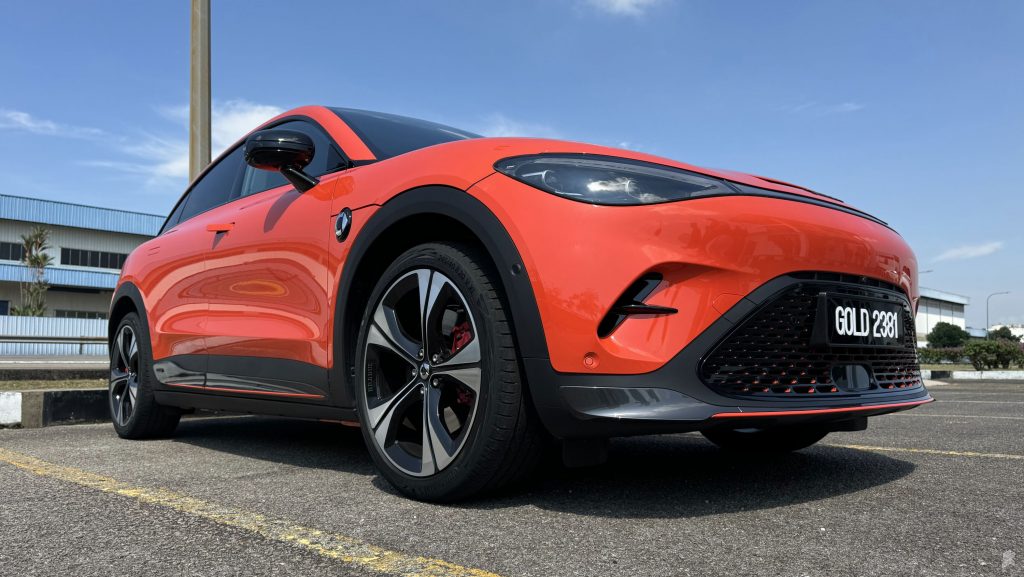
Switching to the Brabus, now this is where you can get a lot of fun. New on the Smart #3 Brabus is the addition of Rocket Launch which is essentially like Mercedes’ Launch Control. You just tap on the vehicle settings button, tap on Rocket Launch, then step on both the brake and accelerator to start the countdown, and off it goes.
The Smart #3 is also quicker to get from 0-100km/h in just 3.7 seconds, versus 3.9 seconds on the #1. Regardless of which variant you pick, the Smart #3 has a maximum top speed of 180km/h.
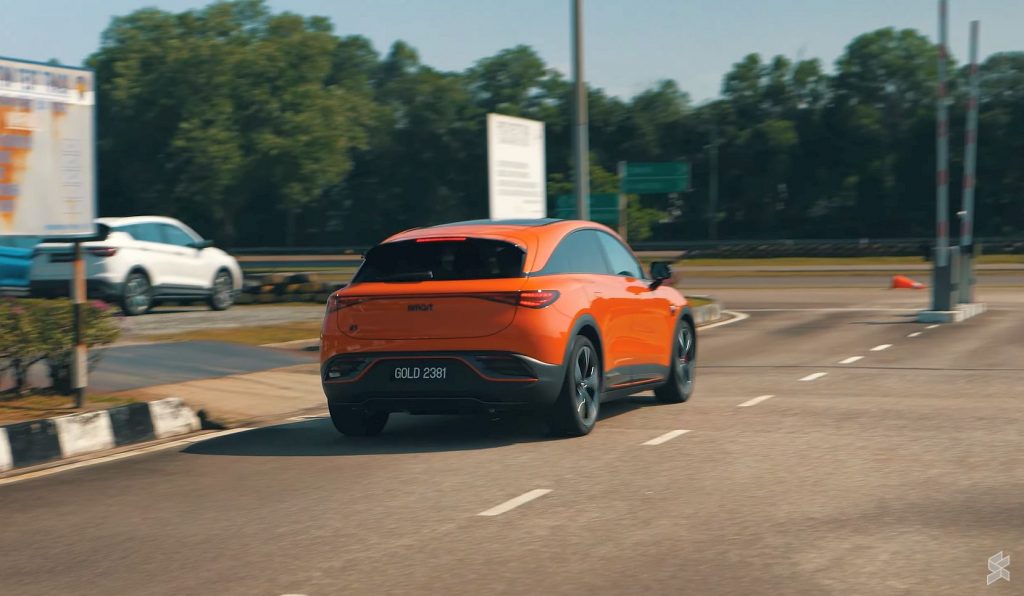
From my short drive, the Smart #3 feels slightly stiffer and I much prefer this setup than the #1. And the Brabus version does packs a punch thanks to its twin motors that deliver 422hp and 543Nm of torque. It is a pocket rocket.
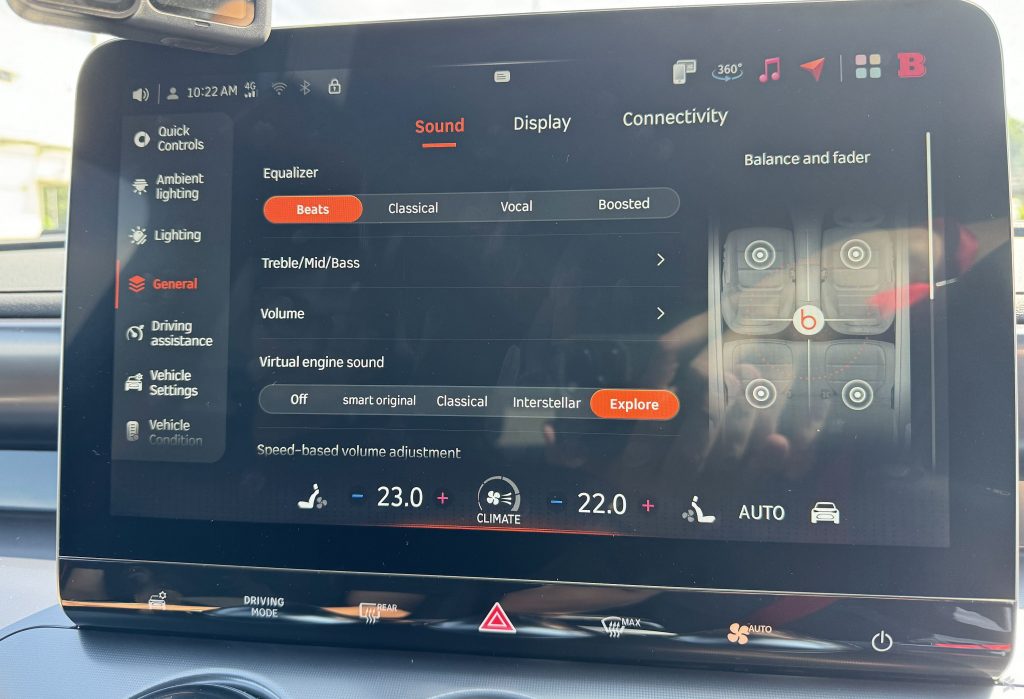
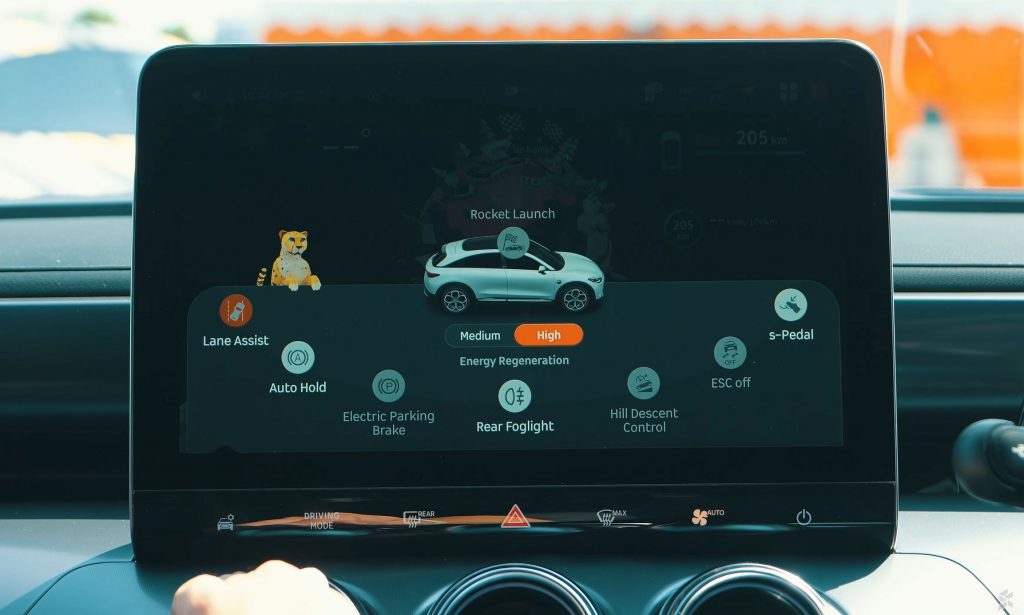
As I’ve said in the Smart #1 Brabus review, the engine noise does add to the experience. On the Smart #3, you get a total of four sounds – Smart original, classical, Interstellar and Explore, when you engage Brabus mode.
Interstellar sounds more like a space ship while the other 3 options sound pretty much the same with fake engine noise piped in when you floor the accelerator.
Smart #3 Charging situation
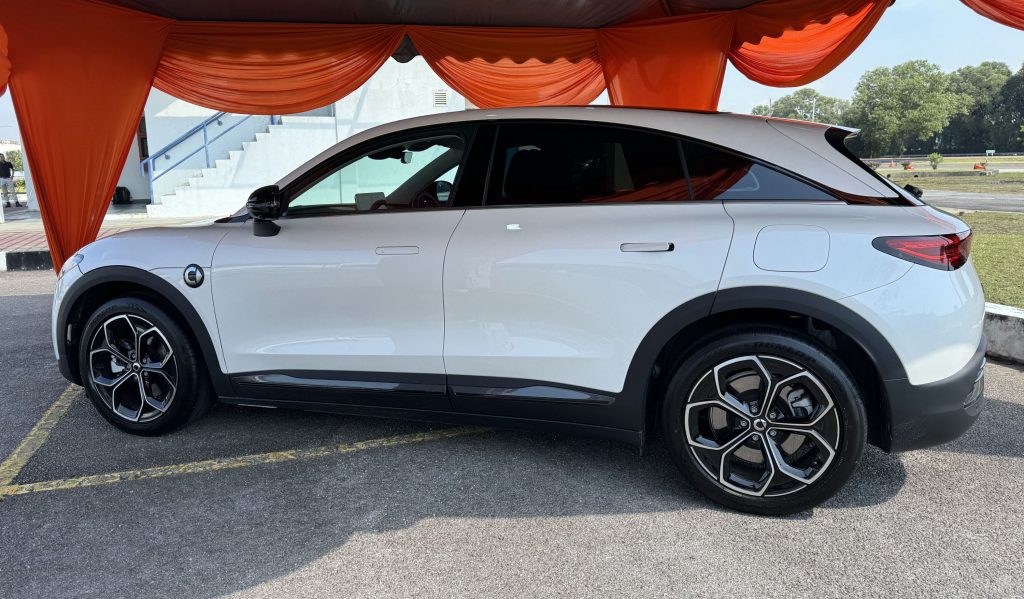
When it come to charging, the Smart #3 still retains the same 150kW maximum DC charging rate which supposedly get you from 10-80% in 30 minutes. Meanwhile for AC charging, it also offers a class leading 22kW three phase AC on board charger where you can top up from 10-80% in just 3 hours.
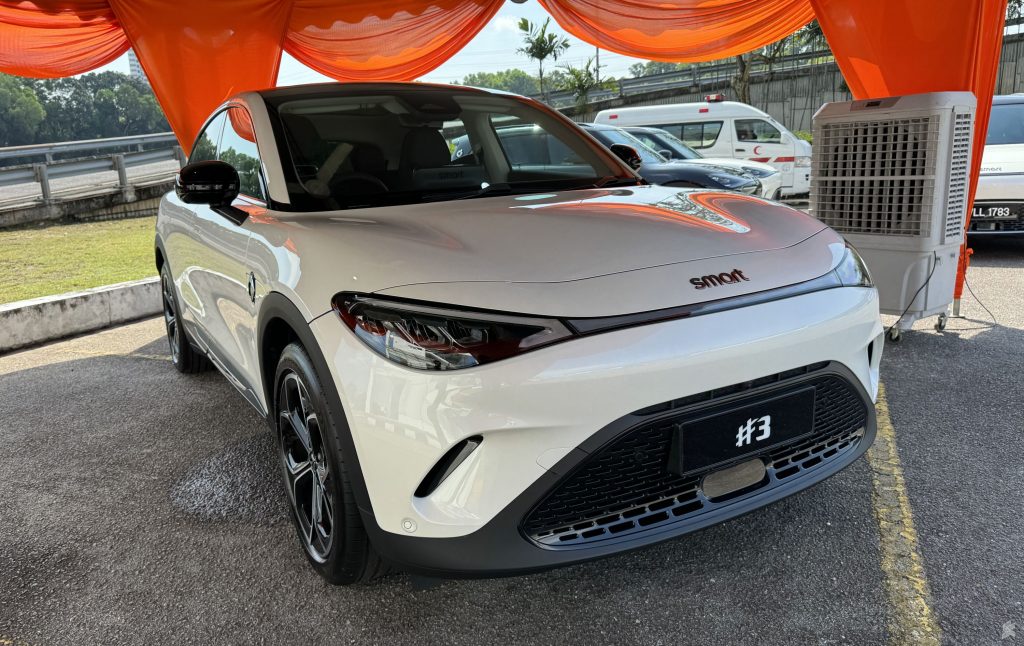
The biggest highlight for Smart is its integrated charging ecosystem with JomCharge, Gentari and ChargEV. From the touch screen you can locate over 70% of charge points in the country and you can activate and pay for charging via the Hello Smart app.
As we’ve shared in our recent review, there’s still some room for improvements for the app to ensure a smooth and seamless EV charging experience.
Smart #3 availability and pricing
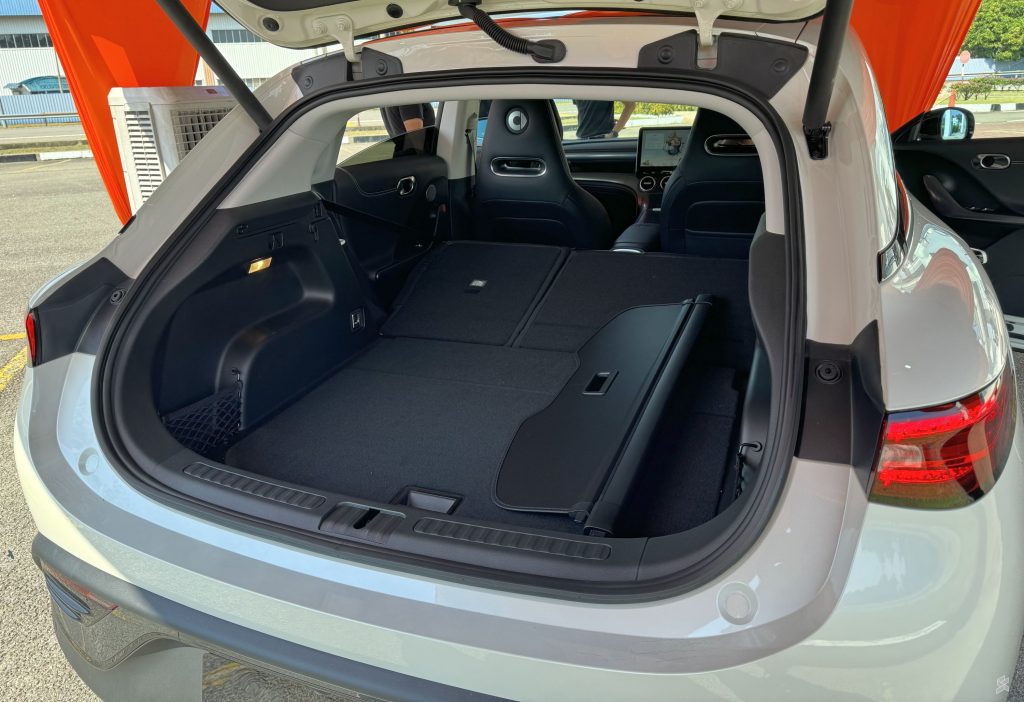
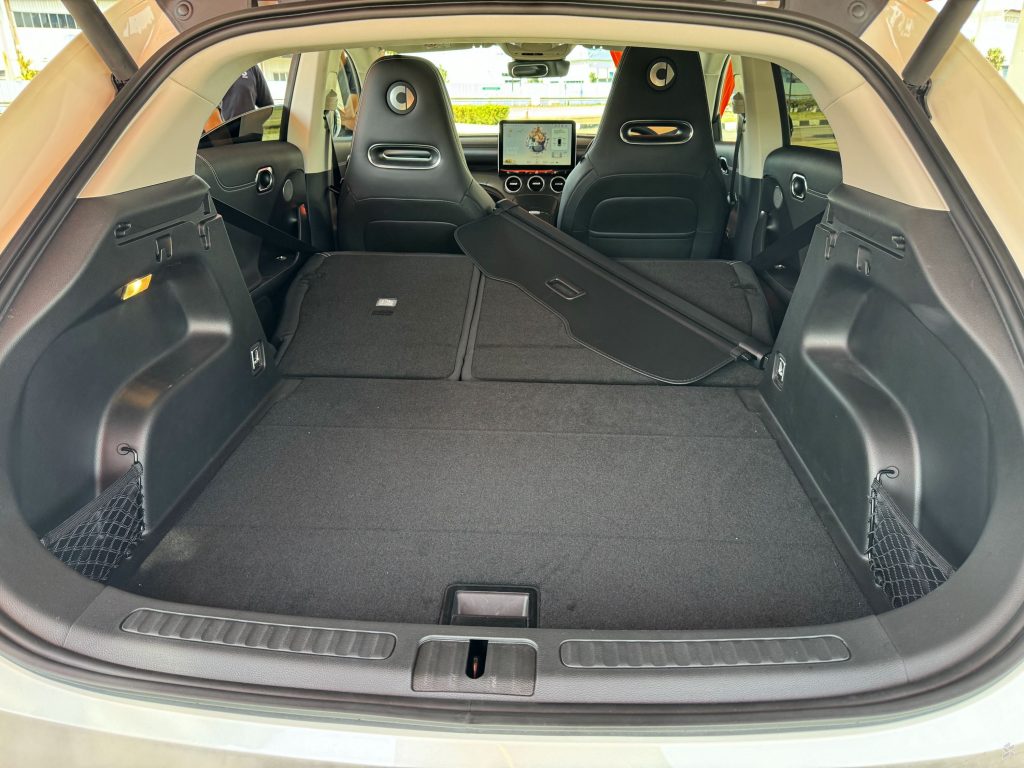
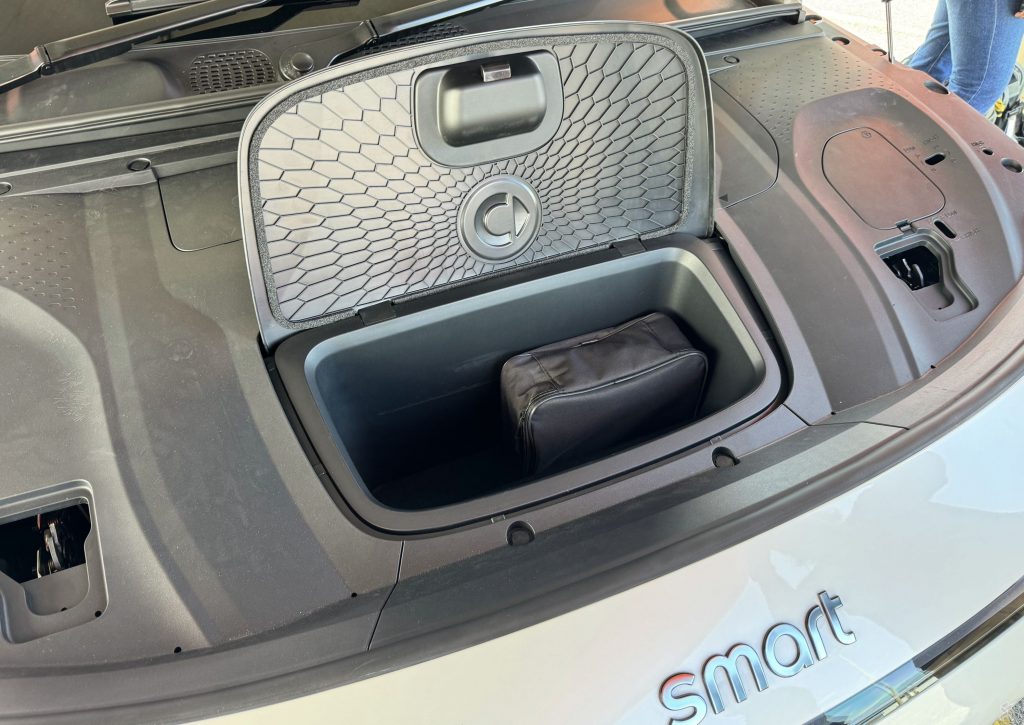
At the time of recording, we still don’t know the exact pricing and availability details just yet. The Smart #1 starts from RM169,000 (After latest price cut) for the Pro model and it goes all the way to RM249,000 for the Brabus version. For the Smart #3, I reckon that it could cost maybe RM20,000 more for each of the variants.
Of course, the Pro version does lose out on several features like the lack of Beats Audio, no Heads Up Display, standard LED reflector headlamps and a slower single-phase 7kW AC charging.
But overall, if you see yourself doing more highway driving and you need a slightly bigger boot, the Smart #3 is the way to go. But that’s not to say that it is significantly better than the Smart #1. That is still a pretty darn good city car and it gives you the option to hoon around if you’re feeling a bit naughty.

